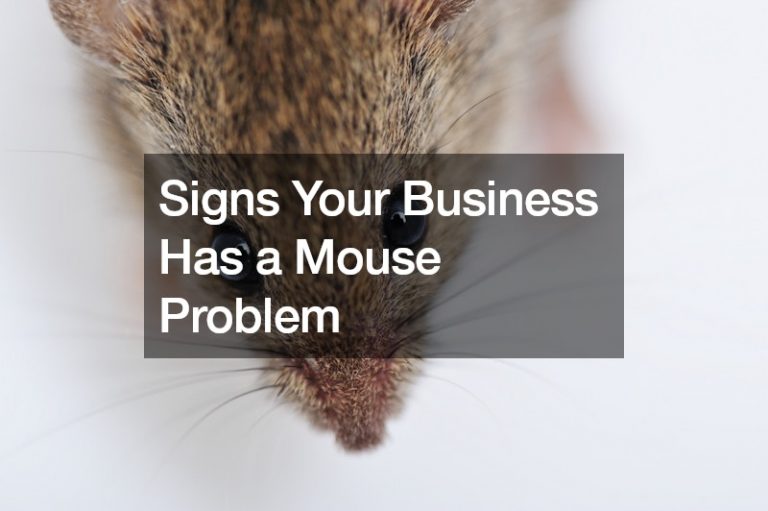

Looking at the statistics on pets, you’ll be taken aback by how much people spend to keep their feline friends happy and luxuriously comfortable. Most pets enjoy certain privileges not many humans get to experience. The life they lead is similar to the life of a young toddler in a family. Pets get pampered and showered with all manner of goodies, let alone the huge budget allotted to them. Do you know the U.S. spends $20.46 billion and $13.59 billion on pet food and vet respectively each year? That’s just a tip of the iceberg. But not all pet lovers invest heavily on their pets, and if they are, it’s not enough to meet the different needs pets have.
Pets are a favorite companion, they are fun, and they turn gloomy days into sweet moments. With such a trusted furry friend, it’s equally important to give them quality health care that you can find. Assumingly, you already own a pet of two, and it’s the favorite member of the family treasured by all. What happens when it fall sick or develop complications? Whether you have pet health cover or not, it’s a reason for concern, and as soon as the pet gets to the vet, the sooner you’ll be at peace. It is, therefore, vital to find the best pet insurance plan to cover your pet, in case of eventualities.
Find the best pet insurance cover?
Generally, the types of pet insurance plan and their costs vary by the insurance company. Consider a host of plans from various providers and maximize on the most suitable. Here are few ideas to consider.
1. Ensure your pet is healthy before buying a pet insurance plan
Pet insurance cover takes effect on a healthy furry mate, meaning, it doesn’t consider any pre-existing injuries or illness. While you are out shopping for a pet health plan, get to know the extent different plans will cover your pet, as well as their limitation. But If your pet is already on a treatment care, some plans will consider this and factor it in your prospective healthcare plan.
2. The age of your pet
Insurance for older pets is different when dealing puppies and kittens. Typically, these young ones can be enrolled in a pet insurance plan between 5 to 10 weeks old, depending on the company insurance policies. However, not all companies cover first-time enrollment pets. Insurance plans for pets tend to differ greatly across companies but as long as your premiums are paid, and on time, your pet will continue to be covered.
3. Determine the extent of cover you want for your pet
Paying vet bills should be your main concern when considering the type of coverage that suits your pet. Often, pet insurance provides far-reaching coverage for accidents and injuries, medication, illness, tests, surgeries and more. Depending on your pet’s health, you’d want a pet health plan that covers even the most severe medical conditions. Though there other less serious condition, noncancerous skin masses is among the worst pet condition for dog and it attracts a high cost of treatment. Many times, these pet wellness plans are tailored to be pocket-friendly and still offer the necessary cover for your pet, so you have no reason not to insure your pet.
4. Understand how the insurance policy work
Every insurance policy whether it’s for individual or pets has a set of rules and guidelines. These procedural elements of a policy are what binds your pet to a pet health plan. There is how reimbursements and deductibles are done. You’ll need to understand those figures since they are frequently used in computing your premium charges. In the event you have taken your dog to a vet, your insurance company is eligible to reimburse you a certain percentage of the medical cost you’ll incur. But this reimbursed amount is subjected to future changes, and your policy should state that. Otherwise, take great keen on the type of pet plan you’ve enrolled on and what it entails.
With the variety of insurance quotes at your disposal, you can now sit down and thoroughly compare each insurer based on what they offer versus their costs. Simply Keep your pet happy.


